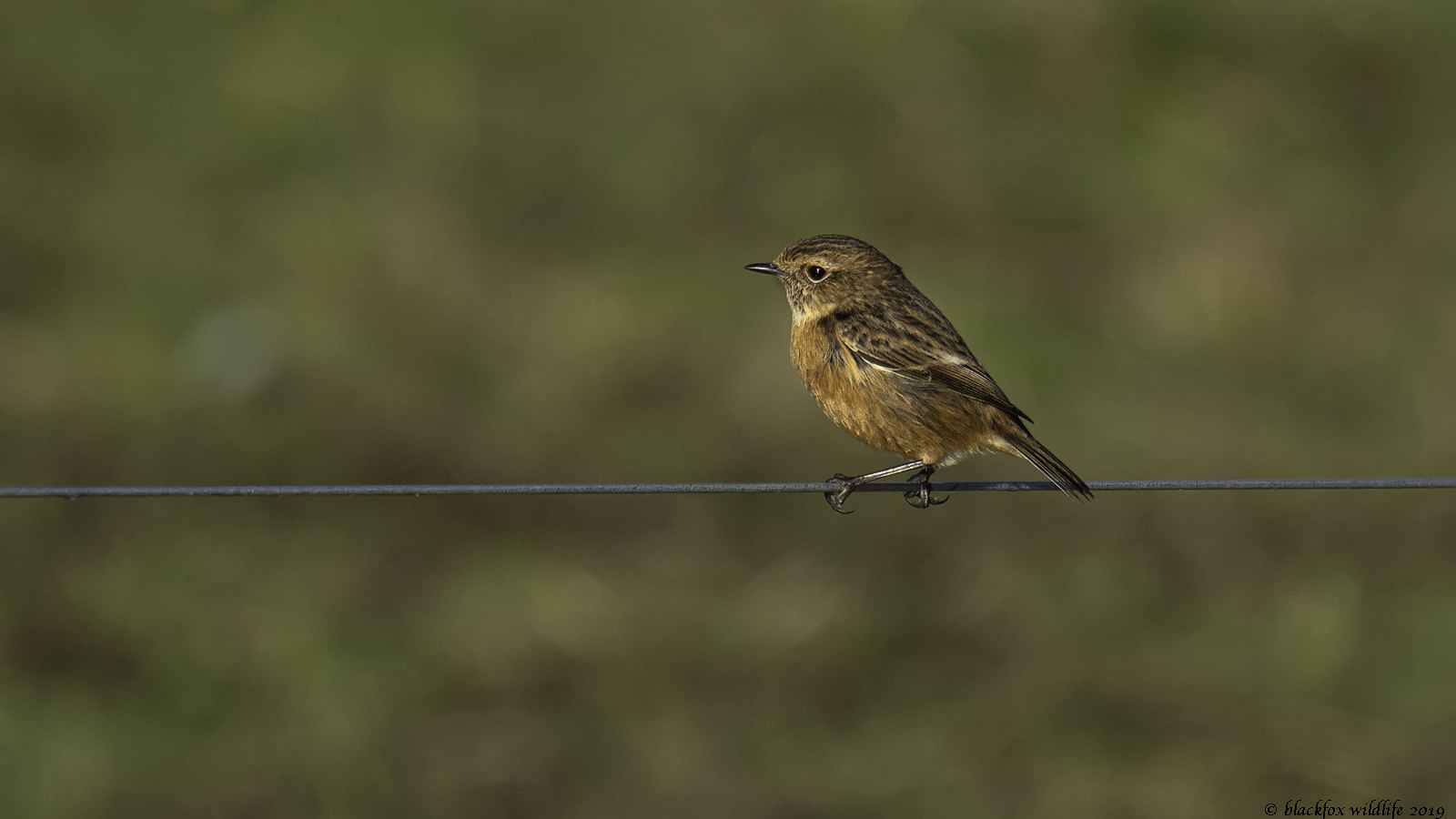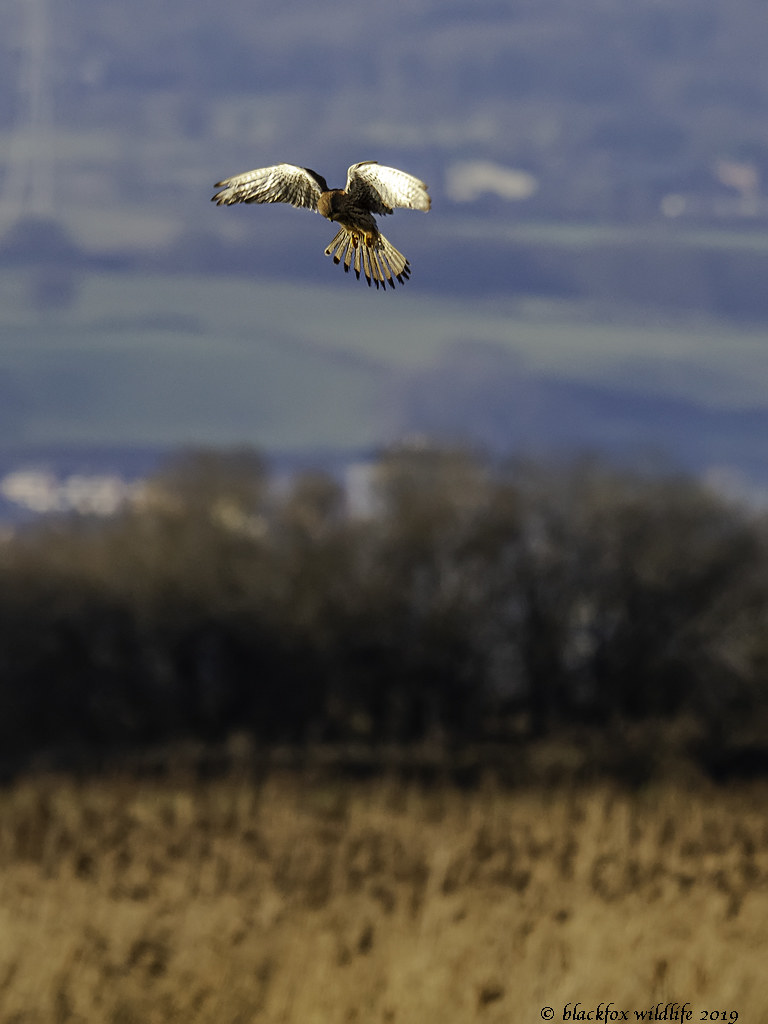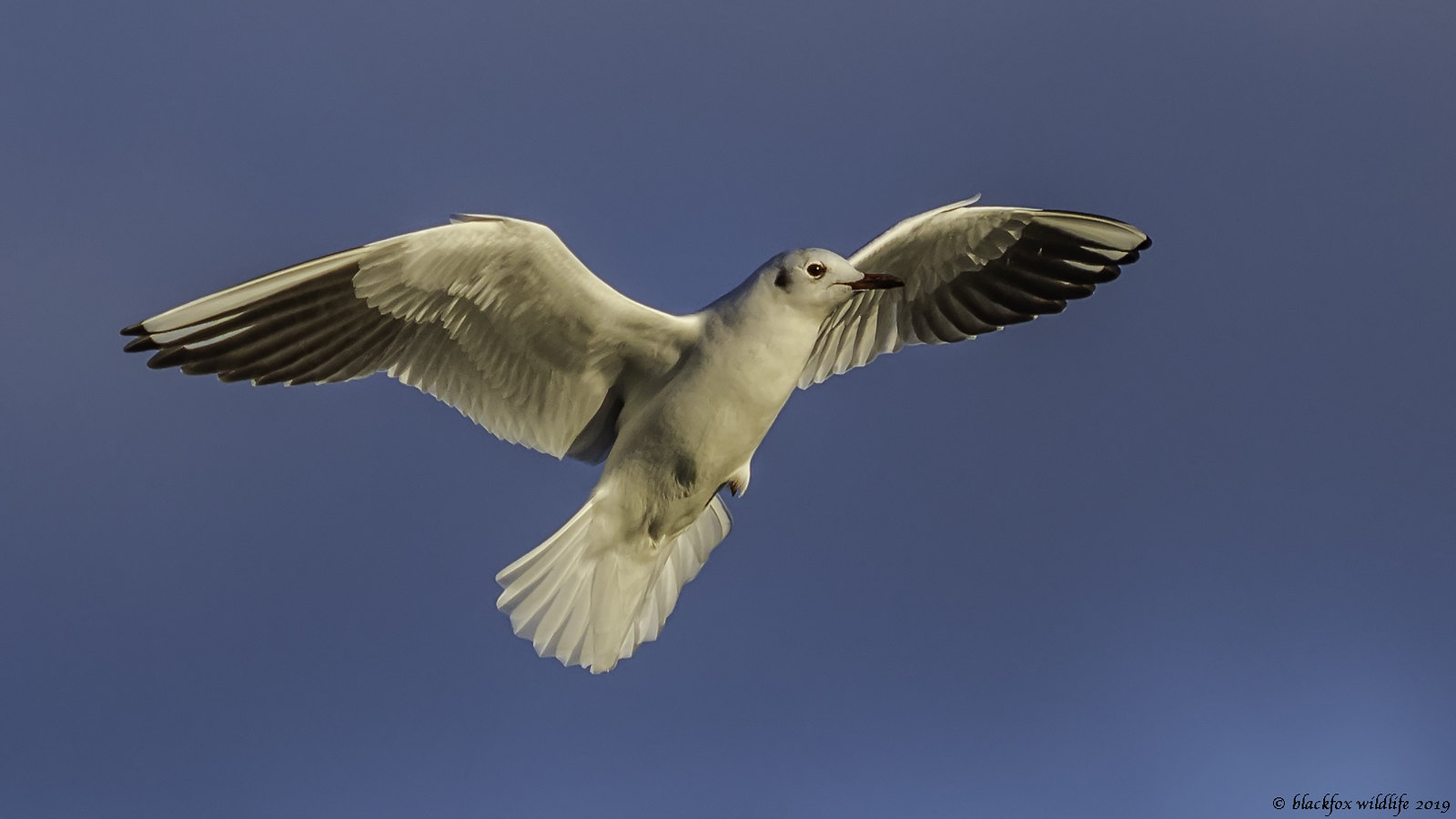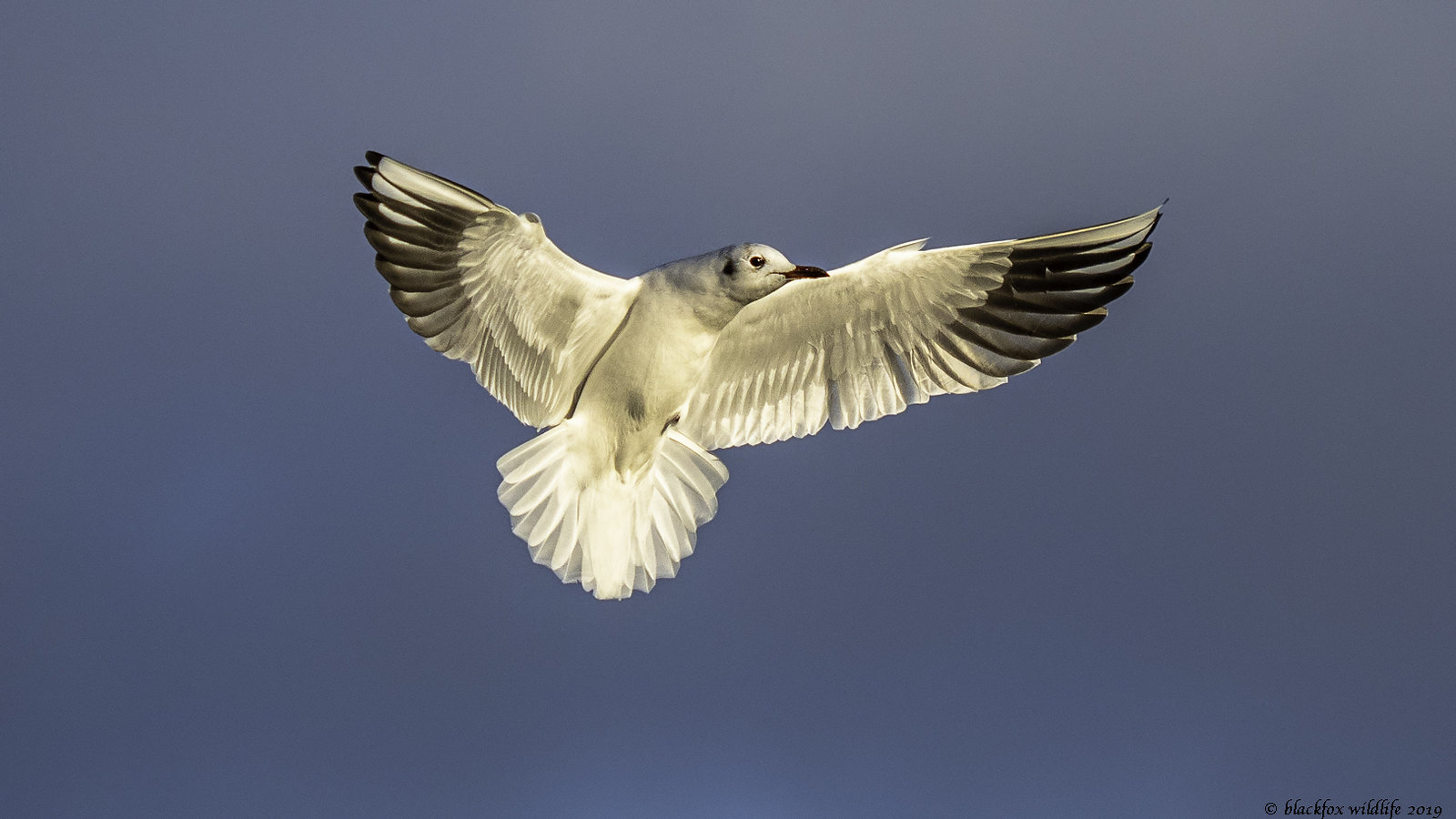What's the best settings for birding, bearing in mind I am pretty new to the system and still using old DSLR settings
.... If you are asking about aperture/shutter/ISO settings then the same settings you would apply on a D-SLR or indeed SLR (but with fixed ISO film).
There is no 'best settings' formula for shooting any wildlife - Every set of circumstances is different. A Heron will pose absolutely still but a small Tit is constantly on the move for example. A bird in flight needs at least 1/2000s to freeze the motion but not on an occasion when you might prefer some motion blur.
Personally I recommend shooting Manual-mode so you have fuller control of the camera, otherwise it's a robot which decides for you - Cleverly decides but not necessarily delivering the final image you want.
I also recommend having the histogram on display in the viewfinder - You needn't get lost in the technicalities but just keep an eye on the plotted shape and position : Too far over the righthand edge results in overblown whites and too far over the lefthand edge results in dead blacks and potentially more noise. If you shoot RAW you have a much greater chance of rescuing images but also much more scope for enhancing them. RAW files are approximately 5 times the size of JPEGs because RAW captures much more data* on the sensor. But you then need RAW conversion and editing software which can add extra cost. Olympus Workspace is free once you have registered your Olympus product.
*As I understand it,
every digital camera sensor
initially captures RAW data but converts to JPEG onboard if you set it to write JPEG to a card. Cheaper cameras don't offer a RAW output option. RAW is solely data and not an image.
When someone has spent a significant amount of money on a digital camera and high quality lenses aka 'glass', I do not understand why they would not shoot RAW unless they are a journalist needing fast direct output to a publication's editors etc.
To separate the focussing from the shutter firing I use Back Button Focus on the AEF/AEL button. A half press on the shutter button actions the image stabilisation [applies to E-M1X and no doubt similar bodies such as E-M1].
I hope this helps.
look out post by jeff and jan cohen, on Flickr
balancing act by jeff and jan cohen, on Flickr
dont stand so close to me by jeff and jan cohen, on Flickr


 the escape
the escape hey there lonely girl
hey there lonely girl the searcher
the searcher
 resident evil
resident evil the bother hover
the bother hover angels with dirty wings
angels with dirty wings where angels dare to tread
where angels dare to tread

